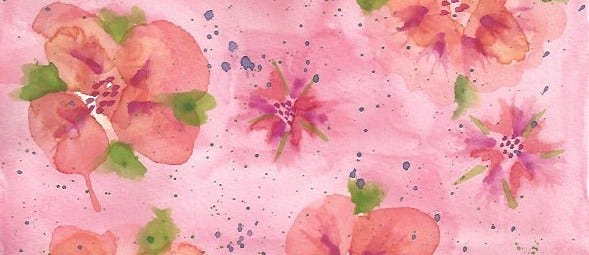How well does your artist work alongside your project manager?
When I’m working on a big project like a book or this program, there are two major roles I am playing: the creator and the project manager. The creator is obviously the part who writes the material and makes the illustrations.
The project manager is the part who’s running the whole thing. This part sets deadlines, enrolls help, makes to-do lists. The project manager could also be referred to as our executive function or the boss. You can call it what you want, but be sure to have a good relationship with the part of you that helps you get things done. In this program, we seek to minimize the inner battle between parts of ourselves.
Consider making agreements with your artist and project manager. Understand what’s important to each of them. Examples:
Time
The project manager wants to be efficient and get things done.
Artist wants to completely lose track of time and be open to what happens.
Together, they learn what works for them both to make the most of time without feeling stressed, rushed, or dominated by the clock.
Procrastinating
The project manager thinks something is wrong with not getting right to work.
Artist knows they need a bit of ‘fluffing’ time to tinker with supplies, find a good podcast to listen to or make some marks in a sketchbook.
Together, they design their ‘procrastination style’ so that no one feels shamed about taking time to warm up and get into the groove.
Timeline
The project manager wants to know when things will be done.
Artist knows that we don’t have as much control over that as we would like.
Together, they agree to stay on track with their commitments and to do the best they can to keep showing up to meet the deadlines.
An example: if you schedule specific times to work on your art, show up for them. This builds trust between all parts of you. It also helps reassure the project manager and the artist that even when other responsibilities take time, the artist knows they will get their time.
And along the way, you may realize you need a lot more time than you thought. This is a great place to really let the artist and project manager flow and dance gracefully without shame or self-recrimination.
Practicalities
The project manager wants to know how, what, where, and when things will happen. They love making a schedule like “I’ll write every morning from 8 - 10 am.”
Artist needs a bit more flexibility and wants the project manager to trust that when they show up, things will happen.
Together, the project manager can set some practical guardrails and the artist can inhabit them and report on how they are working and what needs tweaking. They learn together that both structure and flexibility must be honored.
Emotions
The project manager is fired up by ticking things off a list. When planning, they keep the end goal in sight and feel a sense of commitment to the finish line.
The artist knows that their rainbow of emotions accompanies each step of the process.
Together, the artist and project manager find an agreement to respect the emotions required to make anything and to tend to those emotions when they threaten to derail the project. (We’ll talk about emotions later in Tend.)
INVITATION
Use reflective writing to get to know what’s important for the project manager. What are their priorities? What do they do really well? What values are you honoring when the project manager is in charge?
What are your artist’s priorities and gifts?
Then, explore writing down agreements between your artist and project manager. This may happen over time as you learn how to balance the two of them together.
Affirmation: My project manager and artist know how to get along gracefully.
In the comments: What did you learn about your project manager and how they relate to your artist?






Coming back to this topic. I just posted this in the comics group I am part of. I am feeling REALLY good right now.
I have officially decided that "the holidays" start at Halloween this year, and since I generally take off during "the holidays," I am now officially off until New Year's Day. I have decided my focus for 2025 is to become part of the crone (aka older women) community on Substack and publish Croneville Carnival serially there, as well as on seesawcomics.org.
I love working on my future plans and unstructured art projects during the winter, so I'm feeling really good about this decision. I don't think I'll be submitting to the Anthology, unless I decide to finish chapter 1 before the end of the year to prep for 2025 publishing. I have not made up my publishing schedule yet. But since I have 2 whole months for figuring things out, I might be ready to start publishing right after "the holidays."
So if you don't see me much for the rest of the year, that's why. I feel super free and excited about being (mostly)retired and having time to play with new mediums (media LOL) and watch old movies and drink tea in the afternoons. (And work through the rest of YOUR ARTIST KNOWS THE WAY.)
This is the key for me. The artist, the project manager/producer, and the person (body and emotions) are often at odds. The issue isn't procrastination so much as energy levels and competing responsibilities. If only the project manager could manage away fatigue and other issues.